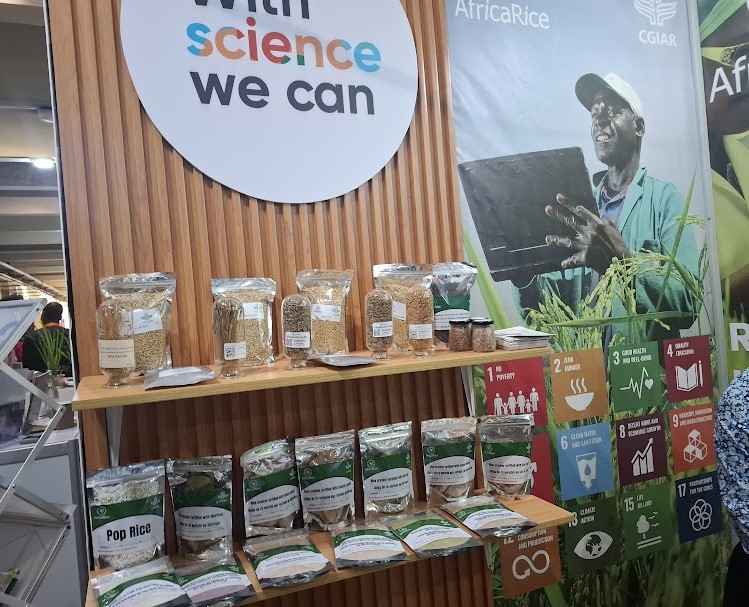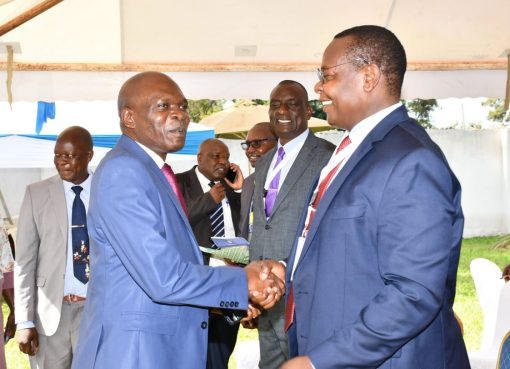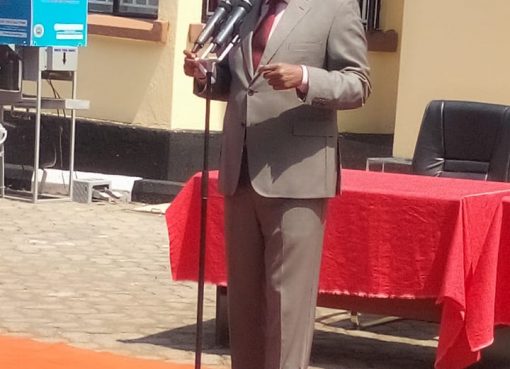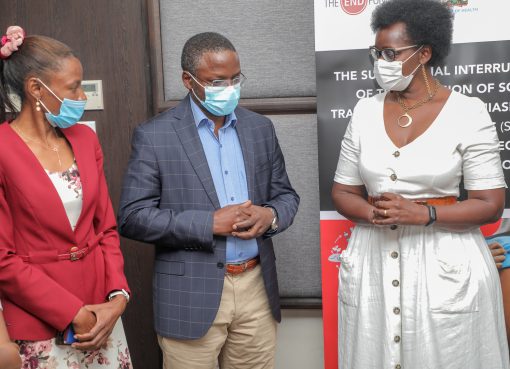Paddy rice production in Kenya has doubled over the past six years, from 116,000 metric tons in 2018 to 244,000 metric tons in 2023.
According to data from the Ministry of Agriculture and Livestock Development, despite the impressive growth the national rice self-sufficiency rate is still below 20 percent.
In recent years, Kenya has seen a shift towards promoting and encouraging the cultivation of rice, especially upland in counties such as Meru, Embu, and Tharaka Nithi and also Elgeyo-Marakwet, Baringo, West Pokot, Turkana, Samburu, and Kajiado, with the aim to address food shortages and reduce reliance on rice imports.
Kenya significantly imports rice to meet its high demand, importing approximately 937,098 metric tonnes in 2023, valued at Sh54.7 billion, while Africa imports over USD 6 million worth of rice annually
Africa at the same time is facing a rapidly escalating nutrition crisis, with nearly 31 percent of children under 4 stunted and 40 percent of women suffering from iron deficiency anemia.
Researchers are now pushing for rice value addition to improve nutrition, promote food security, and reduce Africa’s rice import bill.
AfricaRice, a Pan-African and CGIAR research organization of 28 African member countries, has been pursuing a system-driven innovation that re-engineers rice into a functional food that delivers essential macronutrients, iron, zinc, calcium, and vitamins A and B to address the dual challenge of undernutrition and metabolic disease.
Dr. Prem Bindraban, AfricaRice Deputy Director General, says it is time that countries turn to rice value addition as a way to improve diets, enhance nutrition, and reduce dependence on imports.
Speaking on the sidelines of the CGIAR science week at the United Nations (UN) complex in Nairobi, he explained that the importation of rice could be reversed with the right investment and innovation.
He explained that as rice consumption soars, especially in the urban areas where per capita intake exceeds 100 kg annually, one investment Africa Rise has pursued is Nutri-rice, which fits into African diets.
“Although increasing the quantity of rice is important for countries, there is a need to improve quality and move away from eating highly polished rice, which lacks essential nutrients,” Dr. Bindraban told KNA.
He explained that the outer layer of rice is nutrient-rich, containing iron, zinc and vitamins, and that is what is discarded during milling and given to poultry as food while humans eat the starch.
To retain those nutrients, Dr. Bindraban said AfricaRice is promoting parboiling, a process where paddy rice is steamed under pressure before milling. “ AfricaRice has come out with a methodology by involving women’s groups to produce parboiled rice under pressure and steam,” he explained.
Dr. Bindraban further said that rice could also be milled into flour and used to make mandazis, cakes, and even chapatis.
Other benefits are biofortification and having the rice products combined with other products such as moringa, a mix that not only satisfies hunger but also enhances energy levels and is thus suitable for school meals.
Other by-products, like rice husks, Dr. Bindraban said, can even be turned into charcoal, supporting eco-friendly production.
“I want to urge Africans to eat African rice; it’s healthier, and it supports our farmers. together we can grow more, eat better and build a sufficient future,” Dr. Bindraban said
Rice is Kenya’s third most important cereal crop after maize and wheat. The International Rice Research Institute (IRRI) Kenya has been working together to improve farmers’ income and consumers’ food and nutrition security through sustainable rice production, marketing, and value addition.
By Wangari Ndirangu





